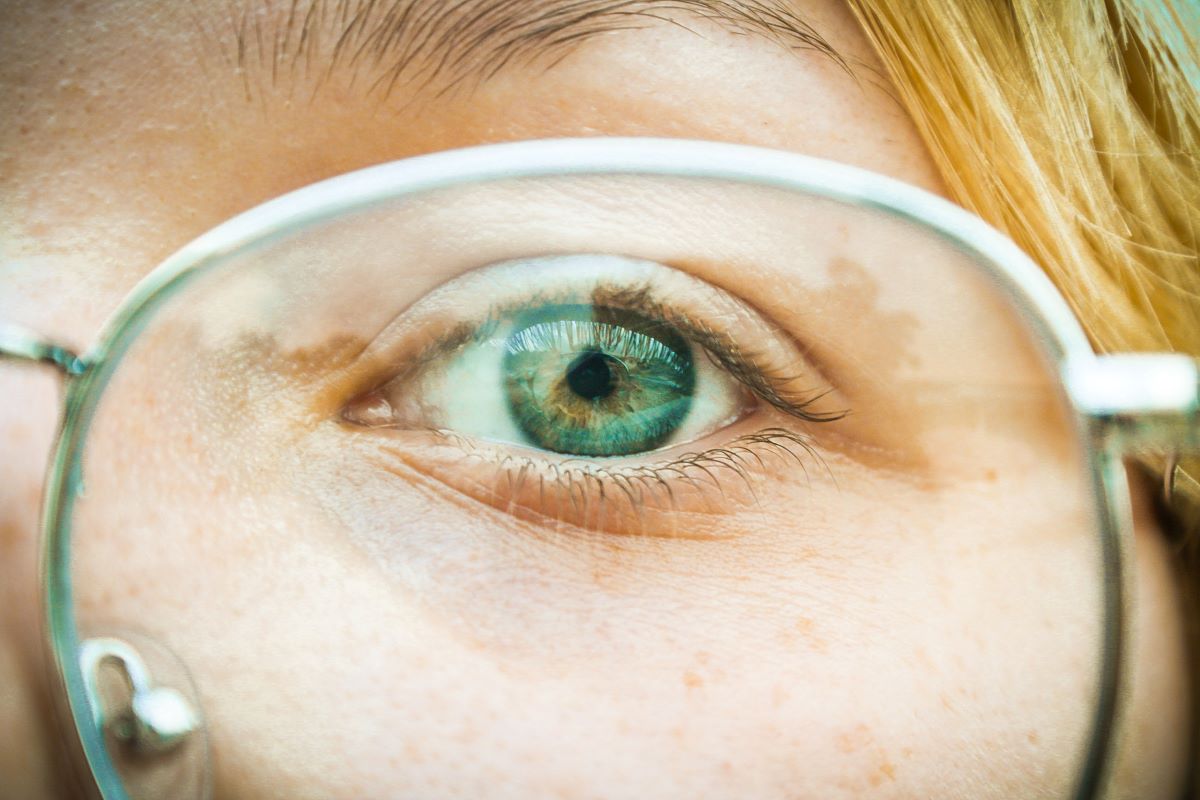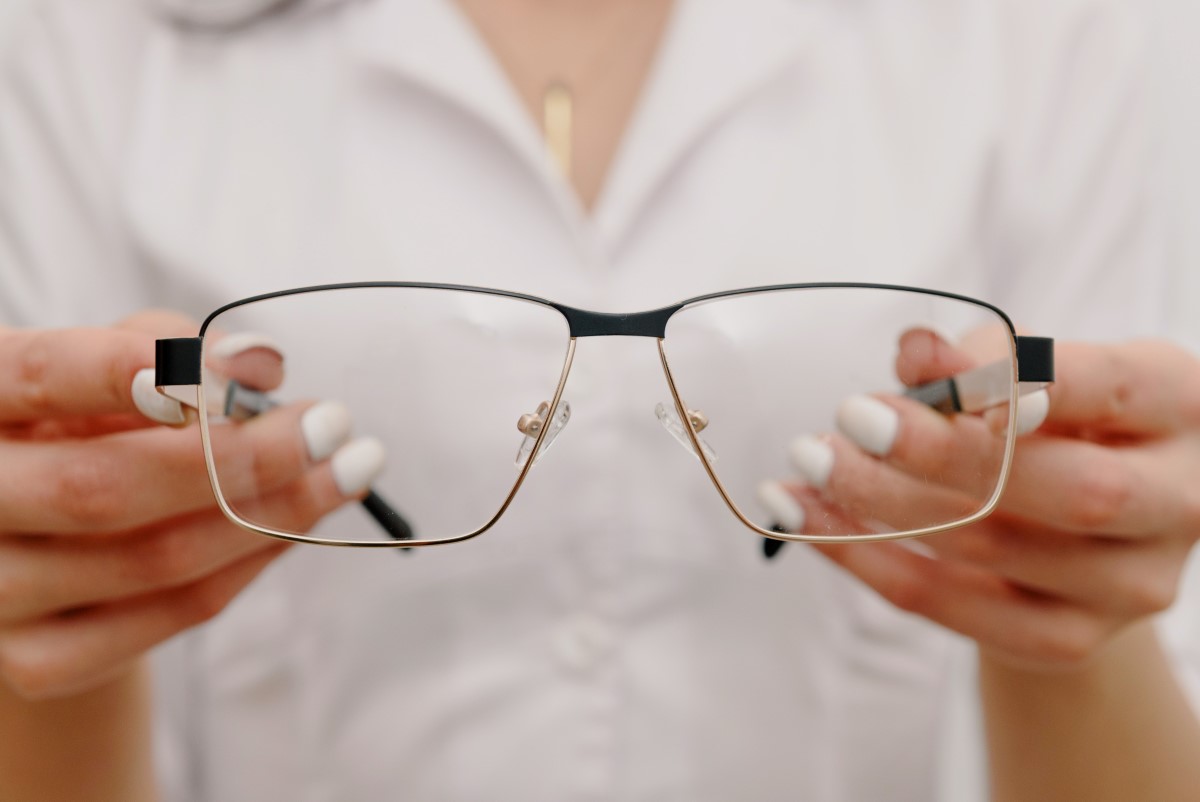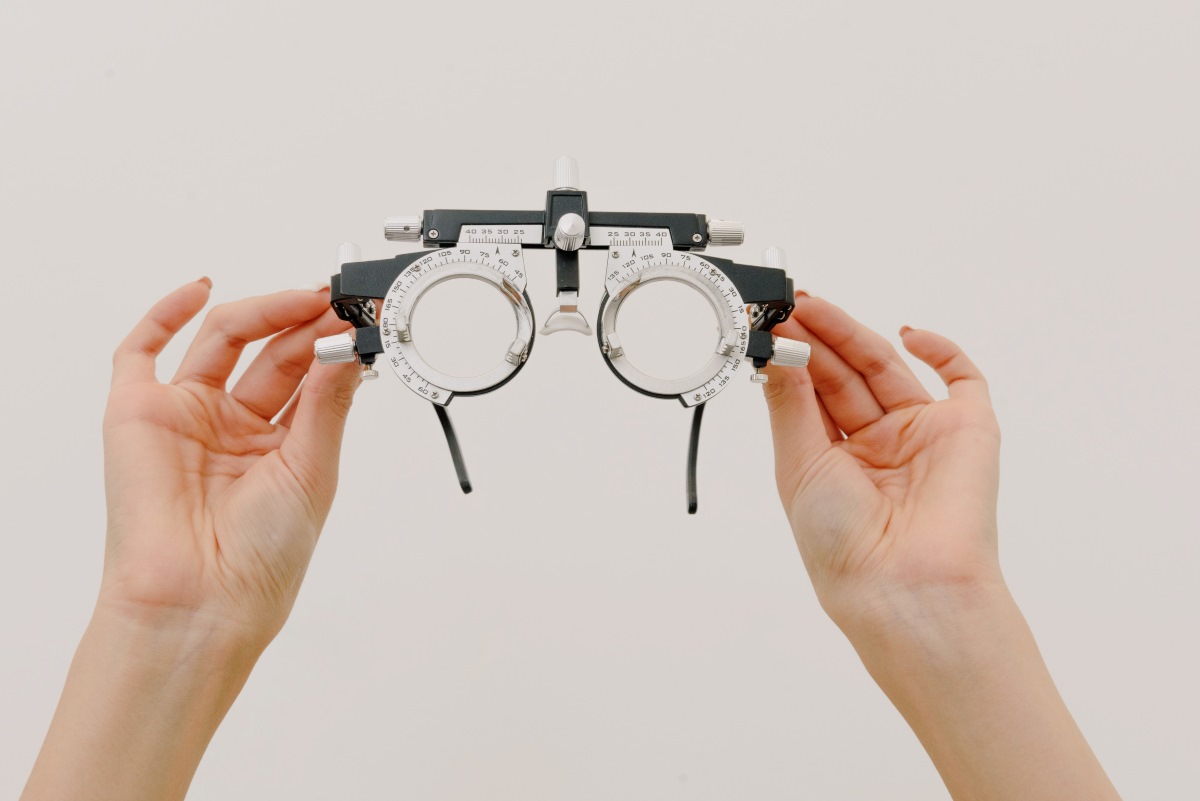20/40 Vision: Here’s What You Need to Know
Have you ever wondered what the heck 20/40 vision is and how it might differ from 20/20?
For starters, it means that your eyesight is less sharp than expected. Read on to learn more about what 20/40 vision is all about.
What is 20/40 vision?
When you sit in for an eye exam, the physician might deem you to have 20/40 vision. But what does that mean?
20/40 is the score you can get after an eye exam. It’s how you measure visual acuity or the level of sharpness your eyesight can have while perceiving objects at a distance.
During the eye exam, the doctor might ask you to read off letters or numbers from the Snellen eye chart. They’ll check if you can read the smallest figures while sitting 20 feet away.
Afterward, if you get a Snellen test score of 20/40, you can see the letters or numbers clearly at 20 feet, while someone with ‘normal’ eyesight can see them from 40 feet away.
But wait – is 20/20 or 20/40 vision better?
Having 20/20 vision is considered the ‘norm.’ It means you have ‘normal’ eyesight, where you can see and read things even if they’re 20 feet away.
However, remember that just because someone might have 20/20 vision doesn’t mean they’re exempt from vision problems. Many people with 20/20 vision still wear eyeglasses to help with daily tasks.
Plus, the term normal can also be subjective. It’s the benchmark for good eyesight, but many people don’t get this eye exam score. In a recent study, researchers found that only 35% of the adults living in the US have 20/20 vision.
On the other hand, 20/40 vision is considered less-than-perfect. Usually, the higher the number in the bottom part of the fraction, the less sharp your vision is.
20/40 vision isn’t really ‘bad’. It can mean that you’re nearsighted. However, note that having 20/40 vision can be caused by different health reasons besides nearsightedness.
Because of how it works, having 20/40 vision can affect some of your daily activities. For instance, you might wear corrective lenses if you have to read lengthy documents. The same goes for driving a car.
Why do I have 20/40 vision?
Your level of visual acuity can change over time due to many different factors. However, if you got diagnosed with 20/40 vision early on, here are its potential causes.
Myopia or nearsightedness
Generally speaking, 20/40 vision is synonymous with myopia. That eye exam score is the average level of visual acuity for nearsighted people.
And you’re not alone. Almost 30% of people in the US experience nearsightedness in their daily lives.
Myopia means you can see objects clearly at a close distance but become blurred once they move further away. If you’re diagnosed with this condition, you might need prescription lenses for reading and driving.
Astigmatism
Another eye condition that can lead to 20/40 is astigmatism. It’s when the shape of your eyeballs is more curved than expected, weirdly refracting light. As a result, someone with astigmatism will often deal with blurred vision.
Myopia and astigmatism are usually connected. In a recent 2022 study, researchers found that people who went untreated for astigmatism are most likely to develop 20/40 vision and a lazy eye.
How age and other factors play a role in 20/40 vision
Over the years, your eyesight might be at higher risk of losing visual acuity. This scenario becomes more likely if you stick to unhealthy habits over time.
For instance, smoking and drinking have always been linked to age-related macular degeneration. The less you smoke and drink, the healthier your eyes can be.
The same goes for too much screen time. In a new study, researchers found that exposing your eyes to digital devices for too long can lead to myopia or a 20/40 vision. It’s especially high-risk for young people, like children and teenagers.
And last but the least, you might be at risk of developing 20/40 vision if you don’t go out that much. In a 2021 research article, children who spend much time outdoors are less likely to have 20/40 vision.
What to do if you have 20/40 vision
Once you feel like your vision’s going blurry, consult an eye doctor immediately. You don’t have to tolerate it, thinking it might go away alone. Instead, have a professional eye doctor check on your eyes to help you figure out what to do next.
For diagnosis, you’re going to get into an eye exam. It’s a quick and painless procedure. The eye doctor will test your visual acuity with these steps.
- Cover one eye to check how each one works. Having one eye see more clearly than the other is pretty common.
- Read out the Snellen eye chart while sitting 20 feet away. The eye doctor will point out letters on the chart to check if you can read clearly from a distance.
- The eye doctor will let you wear correction lenses and adjust them repeatedly. They might also ask you if you feel comfortable seeing through them.
Remember, eye exams like this should be a regular part of your routine. It can diagnose potential eye-health issues way before you even feel the symptoms.
After an eye exam, you’ll review different treatment methods with your doctor. Most likely, they’ll suggest some of the following options.
Find yourself some eyeglasses
The most popular fix for 20/40 vision is to wear a trusted pair of eyeglasses. You have many options, especially if you have specific needs and preferences.
Plus, glasses are pretty stylish too. They can double-function as visual help and a cute accessory to complete your OOTD. If you don’t know where to start, check out Mouqy’s extensive eyewear collection.
Corrective surgery
For severe cases, the eye doctor might recommend corrective surgery, such as LASIK, to treat 20/40 vision. However, discuss all the pros and cons with your doctor before choosing this option.
20/40 vision isn’t the end of the world
When dealing with 20/40 vision, you don’t need to wait until it worsens. Consult a doctor immediately once you feel the symptoms. After all, prevention is better than cure.
Look into affordable and practical treatment options, like wearing spectacles. And, of course, try to shift your lifestyle habits to improve and take care of your eye health.

Written by:
Jamie Mendiola














